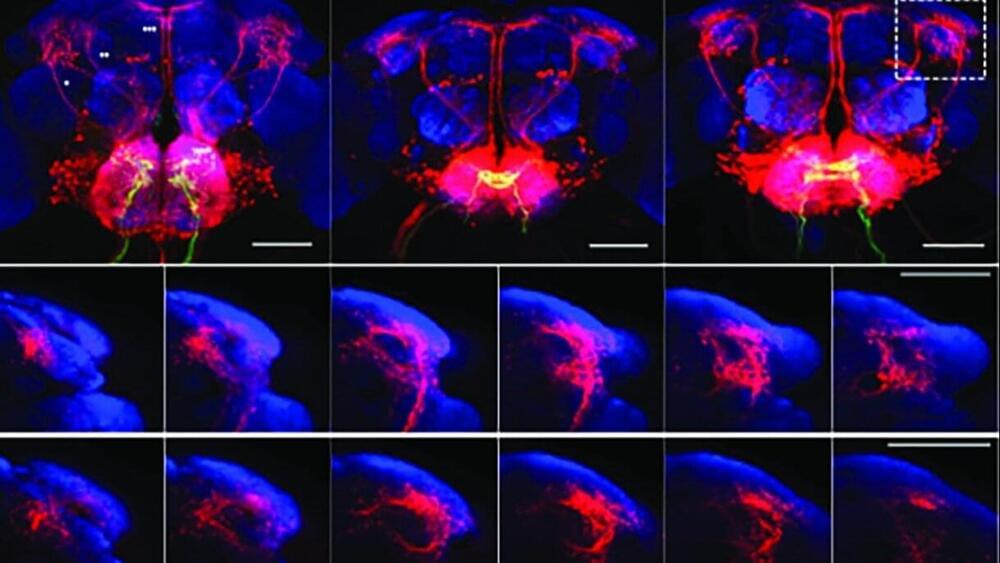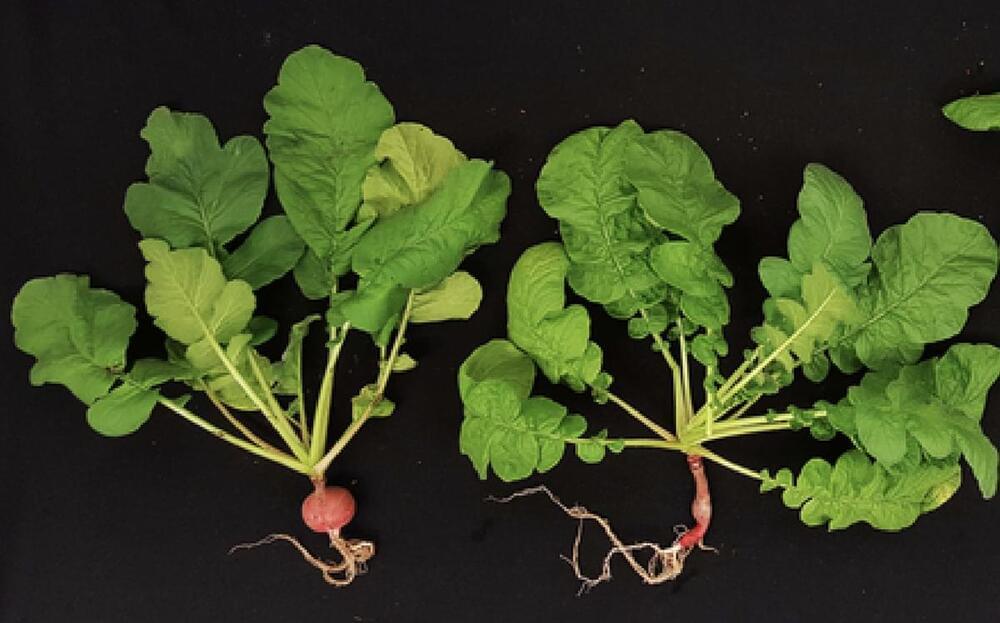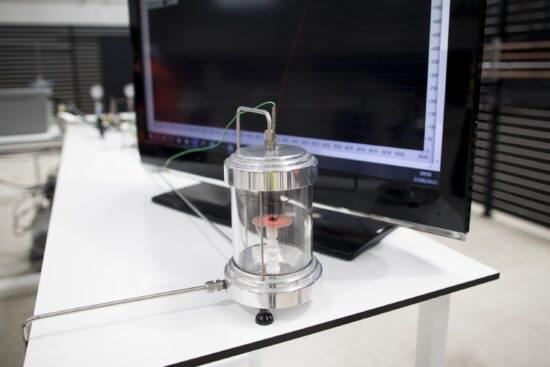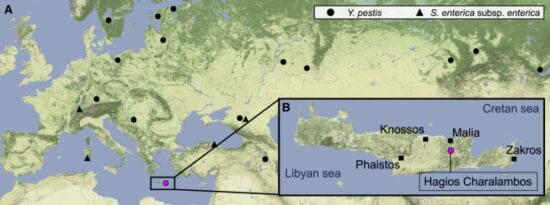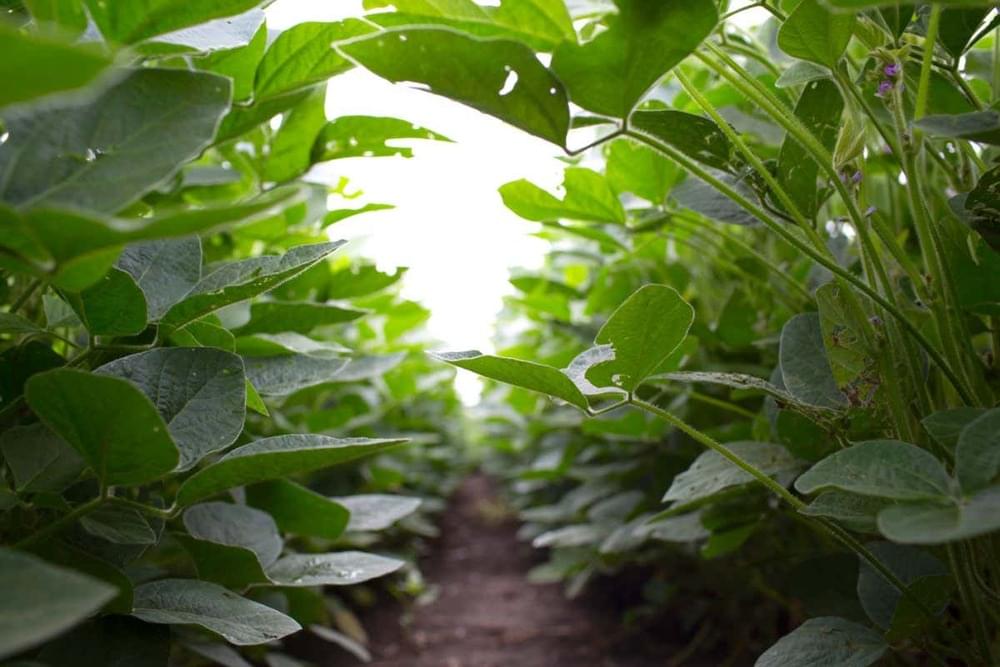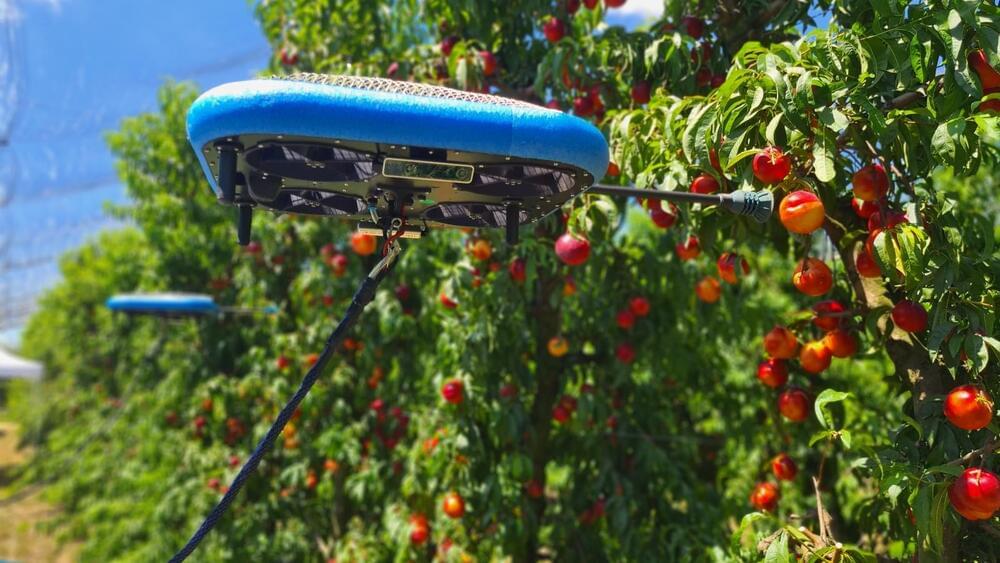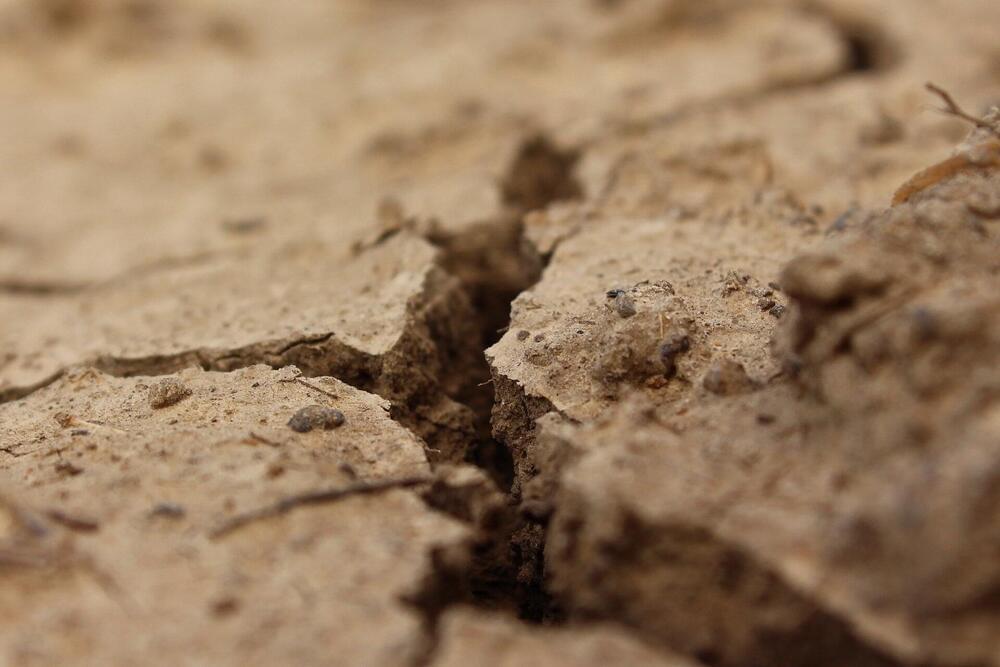Aug 22, 2022
Using new technique, researchers make surprising discoveries about how flies’ brains respond to tastes
Posted by Saúl Morales Rodriguéz in categories: food, neuroscience
Taste matters to fruit flies, just as it does to humans: like people, the flies tend to seek out and consume sweet-tasting foods and reject foods that taste bitter. However, little is known about how sweet and bitter tastes are represented by the brain circuits that link sensation to behavior.
In a new study published in Current Biology, researchers at Brown University described how they developed a new imaging technique and used it to map the neural activity of fruit flies in response to sweet and bitter tastes.
“These results show that the way fly brains encode the taste of food is more complex than we had anticipated,” said study author Nathaniel Snell, who earned his Ph.D. in neuroscience from Brown in 2021 and conducted the research as part of his thesis.
